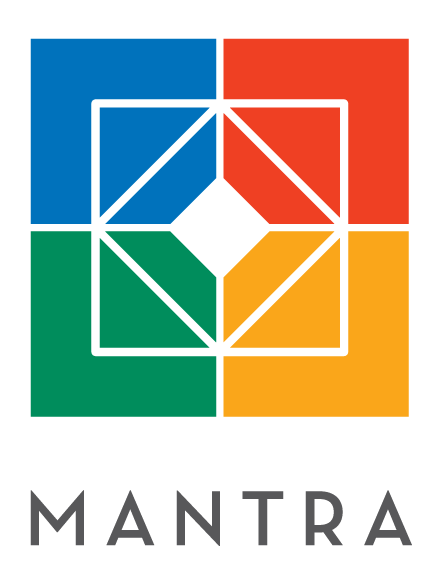An Ode to History
- Sidak Kaur
Courtesy: Ghulam Mustafa, Curator and Director at Central Asian Museum, Leh
A quiet courtyard, guided gracefully by the whisper of willow trees, an imposing, fortress like structure rising from the ground and the muezzins call to prayer echoing elusively from the oldest mosque in Leh…
As you set foot upon the cobbled foundation of the Central Asian Museum, the canopy of chaos crowding the streets of Leh wanes away in the blink of an eye. The masonry walls, the promise of history lying within and the silhouette of the Leh Palace looming above, it all drowns the senses in a symphonic calm. For a brief moment, it becomes clear that the museum isn’t a mere structure housing ancient artefacts but a tapestry of stories collected and cultivated from a lost time.
Stories travelling down from the Central Asian steppes, alongside long bactrian caravans navigating the Silk Roads…
Stories of ancient empires entangled in lost legacies, of golden dynasties, raising pious palaces and forgotten forts…
Stories of endurance from a land that fostered fervent faiths and revolutionary religions…
Stories rendering the birth of cultures that ignited the exchange of literature, art, ideas and trade on a grand scale…
In the pages of history, the ancient capital of Leh bookmarks one of the greatest cross-cultural crusades of its time, lying at the heart of Central Asian caravan trade routes. A bustling commercial hub, linked integrally to the Silk Route, it gave birth to a trans-Himalayan pedigree, nourished by the valleys of Karakoram and Himalayas, while dynastic rule trickled in from the highest abyss of the Tibetan Plateau.
Its geographical significance is unprecedented, yet it can be simply stated in a single sentence;
“What Port Said is to the Suez Canal, Leh is to Central Asian trade.”
Standing tall in all its rustic glory, the Central Asian Museum proudly preserves this cross-cultural history. Emphasising the elements of a traditional Tibetan fortress, it was built by André Alexander of the Tibetan Heritage Fund and the Leh Old Town Initiative.
A museum with a cause, the architecture itself strives to commemorate the confluence of cultures coinciding in Ladakh. Built entirely with local materials, like stone, mud-brick and timber, everything from the fractures to the carvings is hand-made. The style of masonry stones embedded in layers of splinter stones is the same found in monuments of the Gandhara civilisation.
The ground floor reverberates ancient Ladakhi culture with aspects inspired from the 12th century Tsemo Fort. The first floor retains an intricate Kashmiri charm, held together by Bactrian influenced fluted columns. A stairway leads to the Tibetan floor, wherein lie aristocratic elements of architecture brought in from Lhasa. And lastly, the Balti floor, erected on pillar capitals with delicate flower pattern carvings that induce the vibrancy of an antiquated Islamic culture.
In time, came the end of Silk Road Era… Leh witnessed the last caravan passing through in 1959, after which Ladakh was plunged into cultural isolation, borders sealed shut on both sides.
Today the vivid testament of these ancient cultures surfaces in the streets, remnants of a golden time. From the Tsemo Fort to the Leh Palace, from the old town with its vehemently vernacular architecture and to the by-lanes of Chutay Ranthak, the Kashmiri baker street, there is an ancient heritage, lying in the wake of modernisation. Amongst them, stands the Central Asian Museum, a silent reminder that history need never be lost, for in time it always rises from its ashes, in some form or the other.

